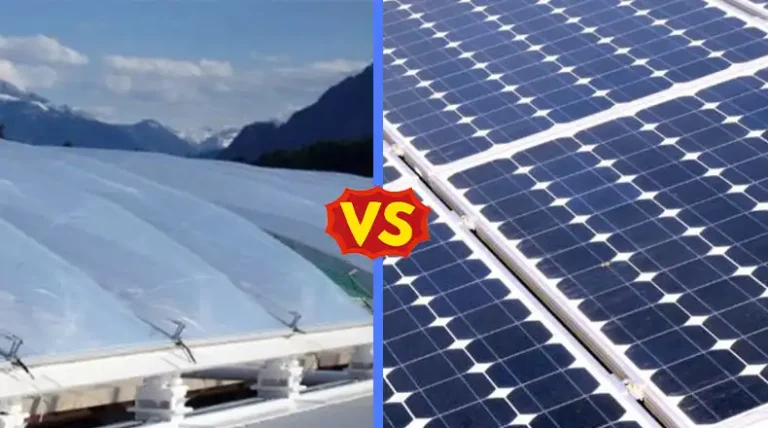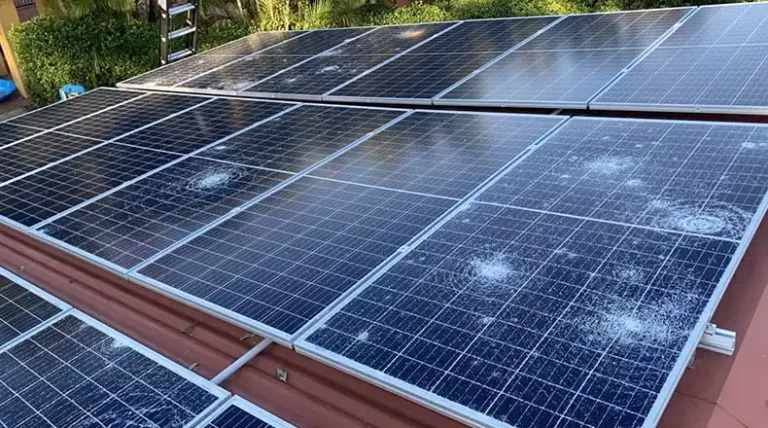What Size Solar Panel is Needed to Charge a 36v Battery
Using the sun to charge batteries is an increasingly popular choice, especially for applications like electric bikes, golf carts, and off-grid living. However, determining the right solar panel size to efficiently charge a 36V battery can be a daunting task. With numerous factors to consider, such as battery capacity, charging time, sunlight availability, and system efficiency, selecting an undersized or oversized panel can lead to frustrating experiences and potential battery damage.
The key to successful solar charging lies in striking the perfect balance between your energy requirements and the solar panel’s output capabilities. In essence, you need a solar panel (or a combination of panels) that can generate enough voltage and current to charge your 36V battery within your desired timeframe while accounting for factors like panel efficiency and available sunlight hours.
To help you navigate this process, this article will walk you through understanding your battery’s energy needs, calculating the required solar panel size based on various factors, and providing real-world examples and practical tips for optimal solar charging. By the end, you’ll have the knowledge to confidently choose the right solar panel size, ensuring efficient and reliable charging for your 36V battery system.
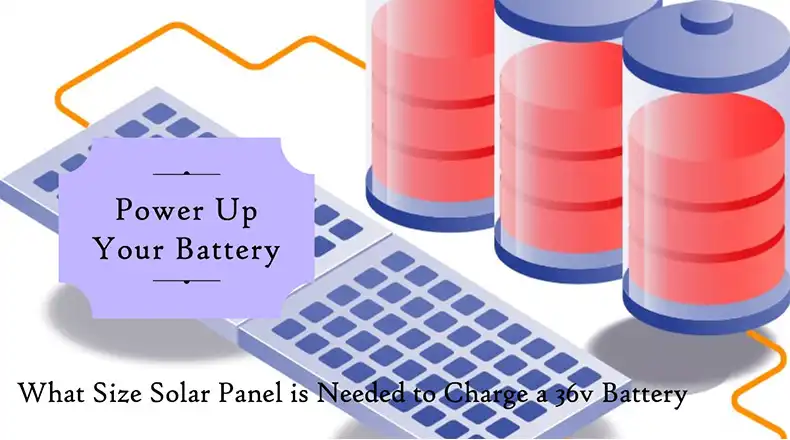
How Much Energy Does a 36V Battery Require to Charge?
Before diving into solar panel sizing, it’s essential to understand your battery’s capacity and energy requirements. Battery capacity is measured in Amp-hours (Ah), which represents the amount of energy it can store. A higher Ah rating means the battery can power your devices for a longer duration before needing a recharge.
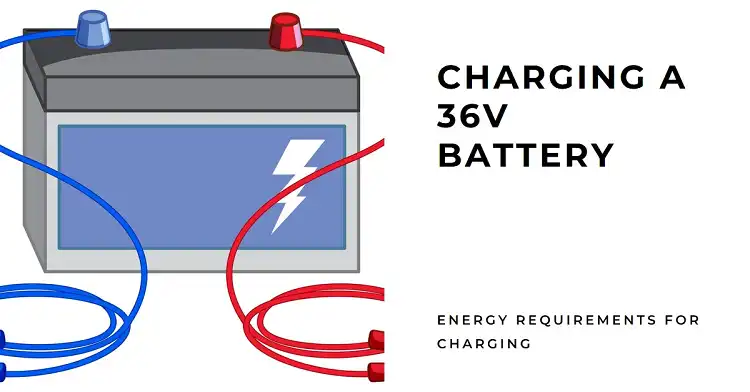
To determine your battery’s energy requirement, multiply the battery voltage (36V) by its capacity (Ah) to get the total energy requirement in watt-hours (Wh).
For example, a 36V battery with a 20Ah capacity would have an energy requirement of 720Wh (36V x 20Ah).
What Affects The Solar Panel Size To Charge 36V Battery?
Several factors influence the size of the solar panel required to charge your 36V battery:
- Battery Capacity (Ah): Batteries with higher Amp-hour ratings require larger solar panels to charge them within a reasonable time frame. For example, a 100Ah battery will need a significantly bigger solar panel than a 20Ah battery.
- Desired Charging Time: The charging time you’re aiming for plays a significant role in determining the solar panel size. If you need to charge your battery quickly (e.g., within 3 hours), you’ll need a larger solar panel compared to a scenario where you have a longer charging window (e.g., 8 hours).
- Sunlight Availability (Peak Sun Hours per Day): The amount of sunlight your location receives daily affects the solar panel size. Areas with fewer peak sun hours (e.g., 4 hours) will require a larger solar panel compared to regions with abundant sunlight (e.g., 6 hours). It’s recommended to use a baseline of 5 peak sun hours per day for sizing calculations.
- System Efficiency: No solar charging system is 100% efficient due to losses in the charging process. To account for these inefficiencies, it’s advisable to oversize your solar panel by 10-20%. Most systems operate at around 80% efficiency.
Calculating Solar Panel Size for Charging 36V Battery
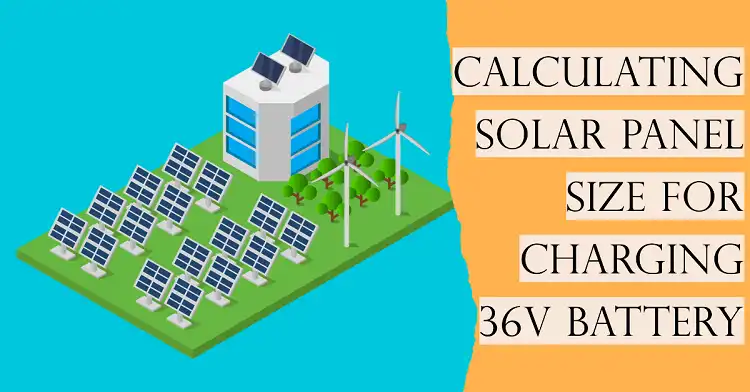
Here’s a step-by-step approach to calculate the required solar panel size:
- Calculate the daily Amp-hours (Ah) needed by dividing your battery capacity (Ah) by the desired charging time (hours).
- Divide the daily Ah by the average peak sun hours per day (hours).
- Multiply the result by a fudge factor (e.g., 1.2) to account for inefficiency. This will give you the required Watt-hours (Wh) per day.
- Divide the daily Wh by the peak wattage rating of a solar panel to get the number of solar panels needed.
For example, let’s say you have a 20Ah battery, and you want to charge it within 6 hours, assuming 5 peak sun hours per day and 80% system efficiency:
- Daily Ah needed = 20Ah / 6 hours = 3.33Ah
- 3.33Ah / 5 hours = 0.666A
- 0.666A x 1.2 (inefficiency factor) = 0.8A or 800Wh per day
If you choose a 250W solar panel, you’ll need 800Wh / 250W = 3.2 panels, rounded up to 4 panels.
Voltage Matching and Connections
It’s crucial to match the solar panel’s voltage to the battery voltage, which in this case is around 36V or slightly higher. If the panel’s voltage is lower than the battery voltage, you can connect multiple panels in series to increase the overall voltage output.
Alternatively, if you need to increase the current output to meet the charging requirements, you can connect multiple solar panels in parallel.
Real-World Examples
Here are some real-world examples of solar panel sizes for different battery capacities and charging times, assuming 5 peak sun hours per day and 80% system efficiency:
Example 1: To charge a 20Ah, 36V battery within 6 hours: 250W solar panel (4 panels)
Example 2: To charge a 50Ah, 36V battery within 3 hours: 600W solar panel (4 panels)
Example 3: To charge a 100Ah, 36V battery within 12 hours: 400W solar panel (4 panels)
Popular pre-made solar panel kits suitable for 36V batteries include offerings from Renogy, WindyNation, and RICH SOLAR. Be sure to research and compare different options to find the best fit for your needs.
Final Words
Choosing the right solar panel size for charging your 36V battery is crucial for efficient and reliable operation. Consider factors like battery capacity, desired charging time, sunlight availability, and system efficiency when determining the appropriate solar panel size.
While there’s no one-size-fits-all solution, the examples and calculations provided in this guide should give you a good starting point. For complex setups or location-specific recommendations, it’s always advisable to consult with solar professionals.
Frequently Asked Questions
Can a 12V solar panel charge a 36V battery?
No, a 12V solar panel cannot directly charge a 36V battery. The panel’s voltage output needs to match or exceed the battery’s voltage for proper charging. However, you can connect three 12V solar panels in series to achieve the required 36V output.
What happens if the solar panel is too small?
If the solar panel is too small, it will still charge the battery, but the charging time will be significantly longer than desired. This may not be an issue if you have a flexible charging schedule, but it can be inconvenient if you need to charge the battery quickly.
Can I mix and match different solar panel sizes?
Yes, you can connect solar panels of different sizes in parallel to meet your charging requirements. However, it’s essential to ensure that the voltage and current ratings are compatible to avoid potential issues.
What is the typical efficiency of solar panels?
Solar panels typically operate at an efficiency range of 75-90% due to factors like temperature, dust, and system losses. Most calculations assume an average efficiency of around 80%.

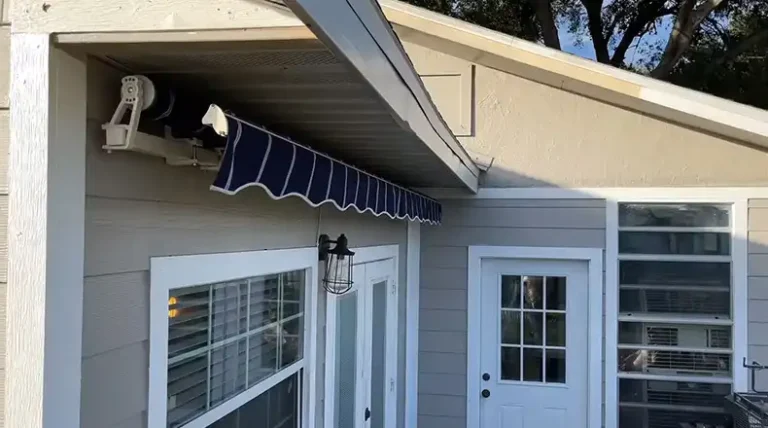
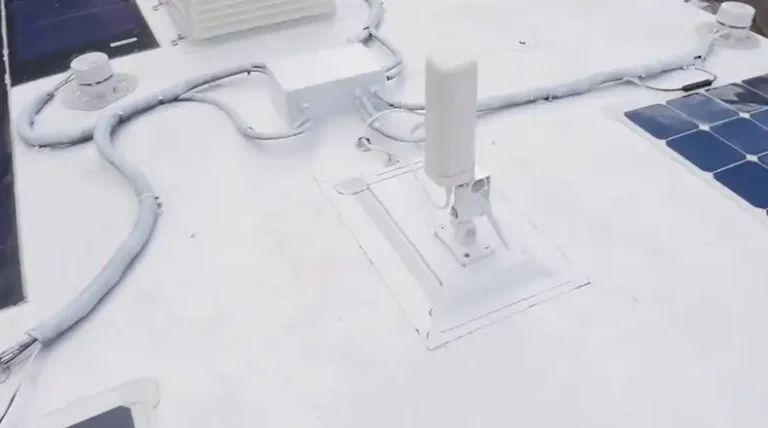
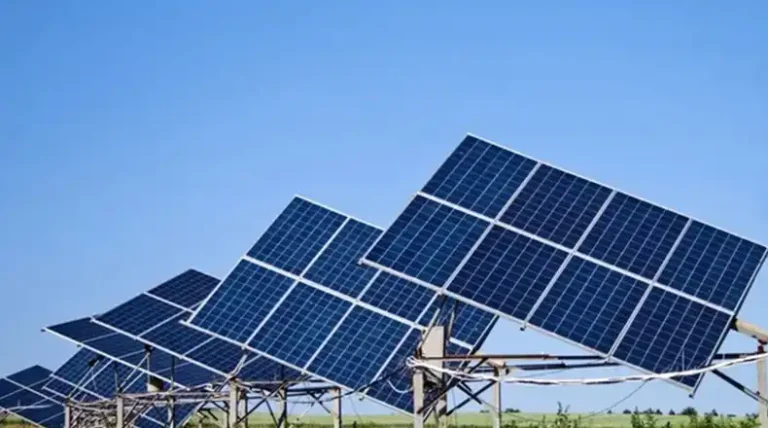
![How to Connect Solar Panel to Inverter without Battery? [Answered]](https://www.itekenergy.com/wp-content/uploads/2024/06/How-to-Connect-Solar-Panel-to-Inverter-without-Battery-768x428.webp)
